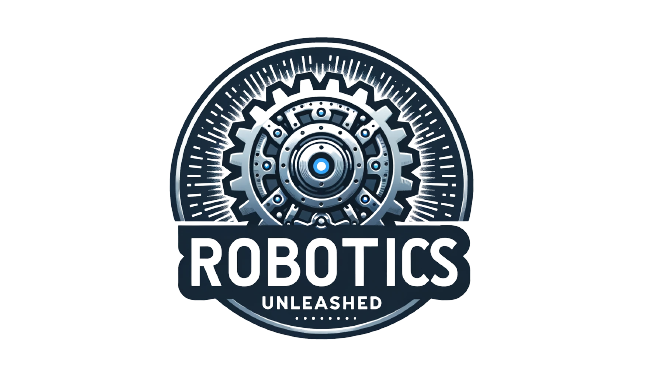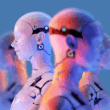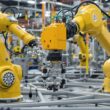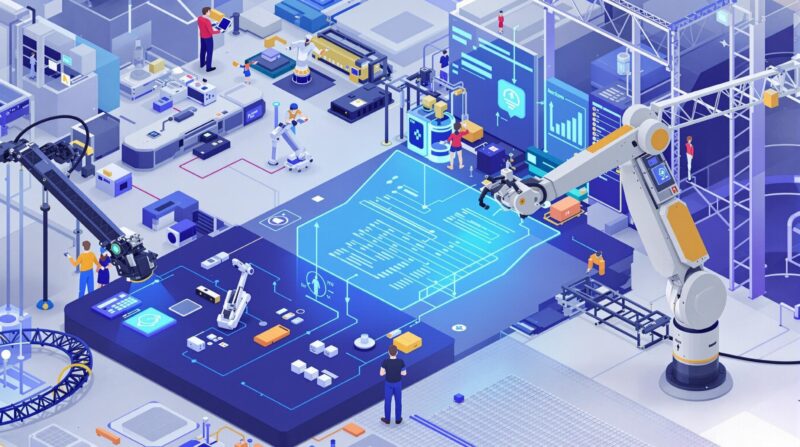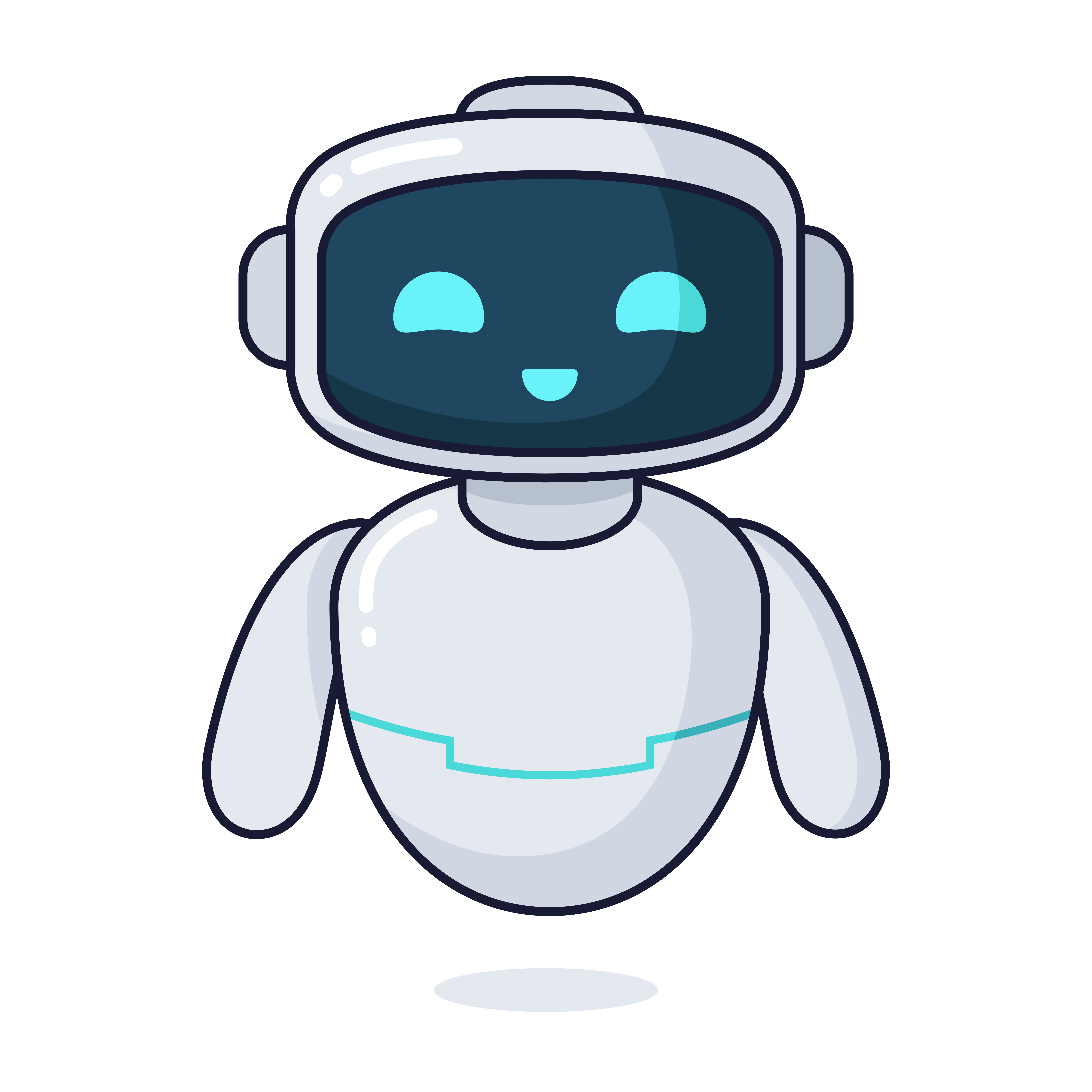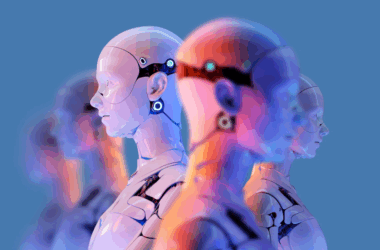Robots have evolved from specialized industrial tools to diverse machines reshaping virtually every industry and aspect of daily life. From automotive assembly lines to healthcare settings and household environments, the expanding capabilities of robotics applications demonstrate a technological revolution that combines AI, sensor technology, and mechanical engineering to solve complex challenges.
Key Takeaways
- The global robotics industry is projected to reach $43.32 billion by 2027, with over 3.4 million industrial robots currently operational worldwide
- Industrial robots boost manufacturing productivity by up to 30%, with significant gains in automotive and electronics sectors
- While automation may displace 20 million jobs by 2030, it’s expected to create 12 million new roles in robotics maintenance and programming
- Consumer robotics is transforming homes through vacuum cleaners, lawn mowers, and AI-powered assistants
- Healthcare robotics improves surgical precision by 80% compared to manual procedures, with applications expanding into rehabilitation and eldercare
The Rise of the Robot Revolution: Today’s Automation Landscape
The robotics revolution has arrived with remarkable speed and scope. In 2023, approximately 2 million industrial robots operated in factories worldwide, with projections showing this number will quadruple by 2025. This explosive growth stems from technological advances that make robots more capable, affordable, and adaptable than ever before.
What can robots do today? Far more than their predecessors. Modern robots combine artificial intelligence, advanced sensors, and sophisticated mechanical systems to perform complex tasks with minimal human supervision. This transformation impacts everything from auto manufacturing to household robots helping with chores to medical procedures that save lives.
The economic implications are equally significant. With projected spending of $231 billion on robotics by 2030 according to OMEP, industries worldwide are betting on automation to solve labor shortages, increase productivity, and maintain competitiveness in global markets.
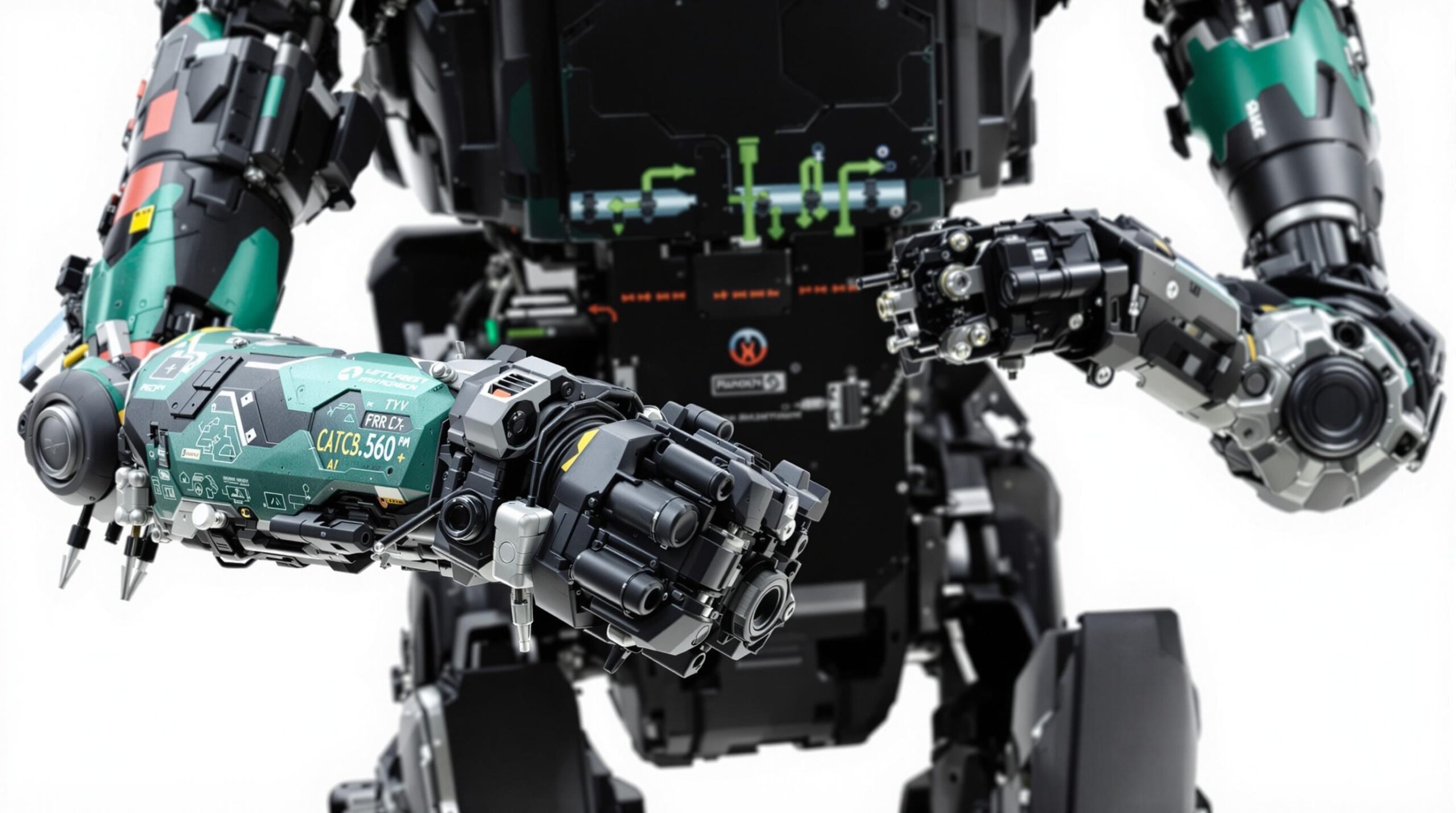
Industrial Robotics: Transforming Manufacturing Efficiency and Productivity
The automotive sector continues to lead robotics adoption, accounting for 38% of global robot installations. With approximately 7.5 robots per 1,000 workers, car manufacturers rely on sophisticated models like the ABB IRB 6640 and FANUC M-710ic for assembly line tasks including welding, painting, and parts manipulation.
In electronics manufacturing, robots tackle precision challenges that human workers can’t match. The FANUC Lr Mate 200id and Motoman MH50 excel in microchip fabrication and soldering components that are often smaller than a grain of rice. This precision has delivered remarkable results in Chinese electronics factories, where robotics implementation has led to a 250% productivity increase and 80% reduction in defects.
The benefits extend beyond the obvious sectors. Here are some key industrial applications transforming manufacturing:
- Material handling and logistics automation
- Precision assembly of complex products
- Quality control through camera-guided inspection systems
- Dangerous task performance in hazardous environments
- Continuous operation without breaks or fatigue
AI and Robotics: Creating Smarter, More Autonomous Machines
The integration of artificial intelligence with robotics represents a fundamental shift in what automated systems can accomplish. AI-powered robotics enables machines to learn from experience, adapt to changing environments, and make decisions without human intervention.
Amazon’s warehouse robots exemplify this evolution, navigating dynamic storage environments and optimizing inventory management without constant human direction. This AI integration market is growing at a remarkable 22.8% compound annual growth rate through 2025, reflecting industry confidence in the technology’s potential.
Problem-solving capabilities in manufacturing have advanced dramatically. AI-guided robots can now detect defects, make real-time adjustments, and reduce waste by 15-20% compared to traditional production methods. This autonomous decision-making becomes particularly valuable in these scenarios:
- Identifying quality issues before they become widespread
- Adjusting to variations in raw materials
- Predicting maintenance needs before equipment failure
- Optimizing production schedules based on multiple variables
Collaborative robots or “cobots” like Universal Robots’ UR10 demonstrate how human-machine partnerships can maximize results. Unlike traditional industrial robots that operate in caged environments, cobots work alongside human employees, combining human creativity and problem-solving with robotic precision and endurance. Their market share is projected to reach 34% by 2025, up dramatically from just 3% in 2016.
Robots in Our Homes and Healthcare: The Consumer Robotics Boom
The robotics revolution has moved beyond factory floors to transform our homes and healthcare facilities. The consumer robotics market is experiencing explosive growth, projected to expand from $6.3 billion in 2023 to $49.1 billion by 2032, according to Ignitec research.
In home environments, robots have evolved from novelties to practical tools. Roomba vacuums, autonomous lawn mowers, and AI assistants like Alexa have become common fixtures in many households. These devices handle routine tasks, freeing human time for more meaningful activities while increasing home efficiency.
Healthcare applications show even more dramatic impacts. Surgical robots like the Da Vinci System deliver 80% greater accuracy compared to traditional manual procedures. Over 45% of U.S. hospitals now use robotic assistance for surgeries ranging from heart valve replacements to knee reconstructions. The precision of these systems reduces complications, shortens recovery times, and improves patient outcomes.
The future of healthcare robotics includes:
- 3D-printed prosthetics customized to individual patients
- Robotic exoskeletons for rehabilitation after stroke or injury
- Eldercare companions that monitor health and reduce isolation
- Autonomous medication dispensing systems for improved adherence
- Telepresence robots enabling remote specialist consultations
The Workforce Impact: Jobs, Skills, and Economic Transformation
The robotics revolution brings both opportunities and challenges for workers worldwide. Research from MIT Sloan indicates that each robot per 1,000 workers correlates with a 1.6 net job loss and 0.42% wage decline. Already, 14% of workers report having lost jobs to automation, with 85 million more positions at risk by 2025.
However, this transition isn’t simply about job elimination. By 2030, while automation may displace 20 million jobs, it’s also expected to create 12 million new roles in robotics maintenance, programming, and oversight. These positions typically offer higher wages and better working conditions than many of the manual jobs being automated.
Forward-thinking companies recognize this shift as an opportunity rather than a threat. Amazon and Adidas have invested substantially in upskilling programs to prepare their workforce for robot supervision roles. These programs demonstrate that human-robot collaboration often delivers better results than complete automation.
The rise of collaborative robots supports this balanced approach. These machines don’t replace human workers entirely but rather handle repetitive or physically demanding aspects of jobs while humans focus on tasks requiring creativity and complex judgment. This collaboration represents the most productive model for many industries.
The Global Robotics Race: Regional Adoption and Future Markets
Asia has established itself as the clear leader in robotics adoption, contributing over one-third of global revenue. China’s automotive and electronics sectors drive significant growth, with the nation implementing aggressive plans to automate manufacturing and maintain its position as a production powerhouse.
The global distribution of robots remains uneven, with a current ratio of 1 robot per 71 humans in manufacturing environments. Advanced economies typically show higher adoption rates, though emerging markets are closing the gap rapidly as robot costs decrease and capabilities increase.
Regional specialization has emerged in the robotics industry:
- Japan excels in precision industrial robots and consumer robotics
- Germany focuses on high-end manufacturing automation
- The United States leads in AI integration and software development
- South Korea specializes in electronics manufacturing robotics
By 2025, experts project a fourfold increase in the global robot stock, with particularly rapid growth in healthcare, logistics, and consumer applications. This expansion represents a fundamental shift in global production capacity that will reshape economic competitiveness for decades to come.
Frontier Applications: Robots in Agriculture, Space, and Beyond
Robotics applications continue to expand into new frontiers, solving challenges that were once considered impossible for automated systems. NASA’s Mars rovers represent perhaps the most dramatic example, conducting autonomous exploration millions of miles from Earth where direct human control is impractical due to communication delays.
Agricultural robotics shows similar innovation. Automated harvesters, weed-removing robots, and crop-monitoring drones enable precision agriculture that maximizes yields while minimizing environmental impact. These systems can reduce pesticide use by up to 90% by targeting only affected plants rather than spraying entire fields.
The integration of 5G networks and Internet of Things (IoT) technologies is enhancing robotic capabilities in several key ways:
- Enabling real-time coordination between multiple robots
- Supporting swarm robotics for complex tasks
- Facilitating rapid data exchange between robots and cloud systems
- Allowing remote operation in disaster response scenarios
Emerging applications also include deep-sea exploration robots that can operate at crushing depths, mining robots that extract resources from hazardous environments, and disaster response robots that enter collapsed buildings or radiation zones too dangerous for human responders.
Ethical and Safety Challenges in the Robotic Future
As robotics becomes more pervasive, society faces important ethical and safety considerations. Industrial robots cause approximately 2,000 workplace injuries annually, highlighting the need for improved safety protocols and sensor-based collision avoidance systems. These concerns grow more complex as robots move from controlled factory environments into public spaces.
Bias in machine learning algorithms raises additional concerns, particularly in applications like hiring robots or healthcare diagnostics. If training data contains historical biases, robots may perpetuate or even amplify these inequities. The European Union’s AI Act and similar regulatory frameworks aim to establish ethical standards for autonomous systems.
Environmental considerations present both challenges and opportunities. Robot production relies on rare-earth metals and energy-intensive manufacturing processes. However, once deployed, robots can reduce energy waste by 20-25% in manufacturing through optimized processes and precise resource management.
Addressing these challenges requires a multifaceted approach:
- Developing comprehensive safety standards for human-robot interaction
- Creating transparent AI systems with explainable decision-making
- Establishing ethical guidelines for autonomous robot deployment
